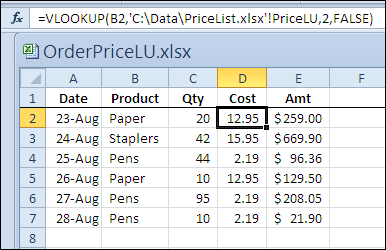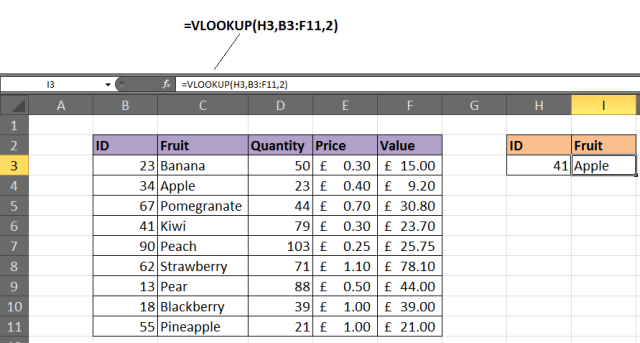

(How you name a range of cells is covered in other issues of ExcelTips.)

When you are done putting in all five grade levels, you select the range (M3:N7) and give it a name, such as GradeTable. In M4 you place the lowest score for the next highest grade (53) and in N4 you place the corresponding letter grade (D). To its right, in cell N3, you place the letter grade for that score: F. In cell M3 you place the lowest possible score, which would be a zero. A different approach that is also more flexible involves defining a grading table and then using one of the LOOKUP functions (LOOKUP, HLOOKUP, and VLOOKUP) to determine the proper letter grade.Īs an example, let's assume that you set up a grading table in cells M3:N7. While such an approach will work just fine, using nested IF functions results in the need to change quite a few formulas if you change your grading scale. You could use the following formula to convert to a letter grade based on the scale shown above: For example, let's assume that a student's numeric grade is in cell G3. First of all, you could use nested IF functions within a cell. There are several ways that a problem such as this can be approached. For instance, you may have a grading scale defined where anything below 52 is an F, 52 to 63 is a D, 64 to 74 is a C, 75 to 84 is a B, and 85 to 99 is an A. If you do this, you may wonder how you can convert the numeric grade to a letter grade. Doing so is quite easy, as you sum the results of various student benchmarks (quizzes, tests, assignments, etc.) and then apply whatever calculation is necessary to arrive at a final numeric grade. Some teachers use Excel worksheets to calculate grades for students.


 0 kommentar(er)
0 kommentar(er)
